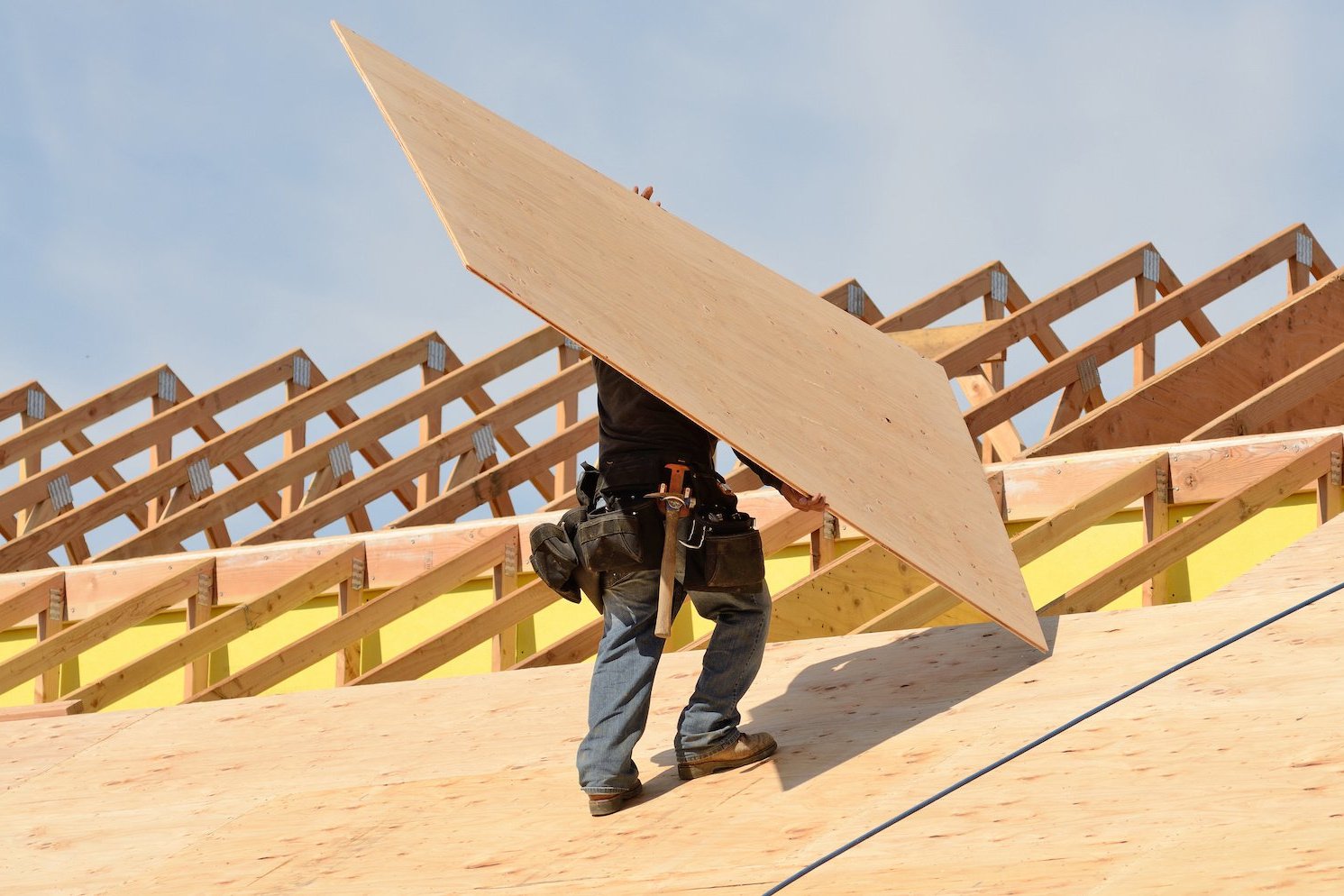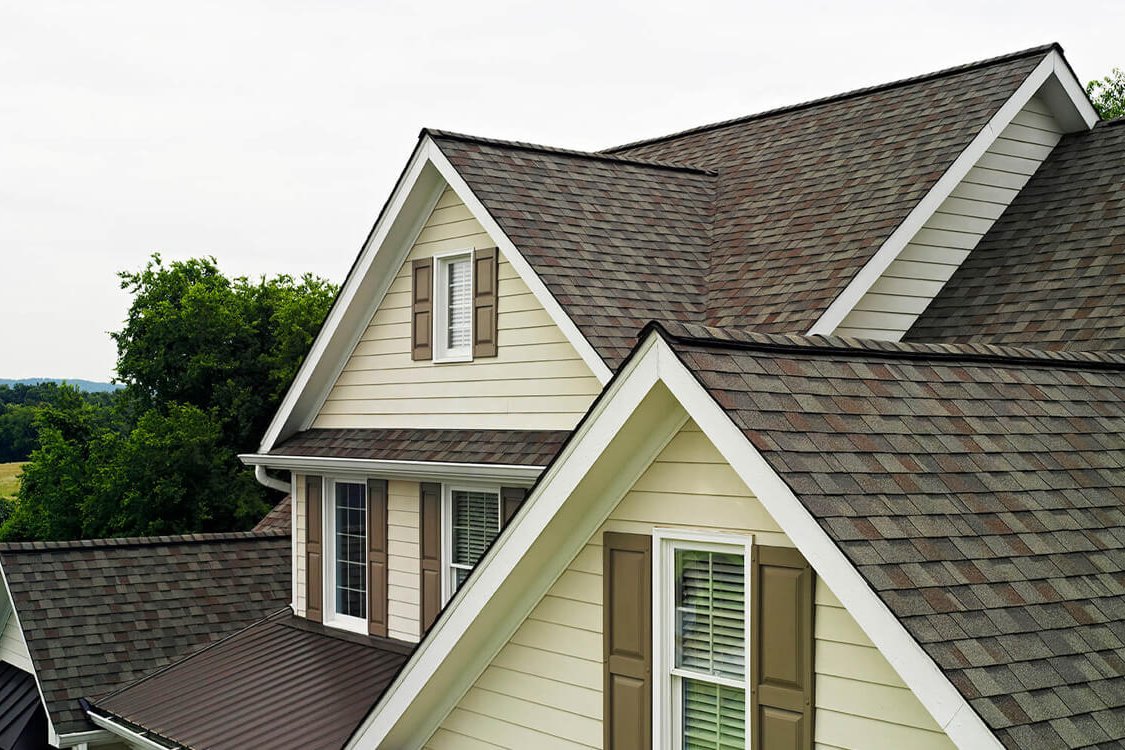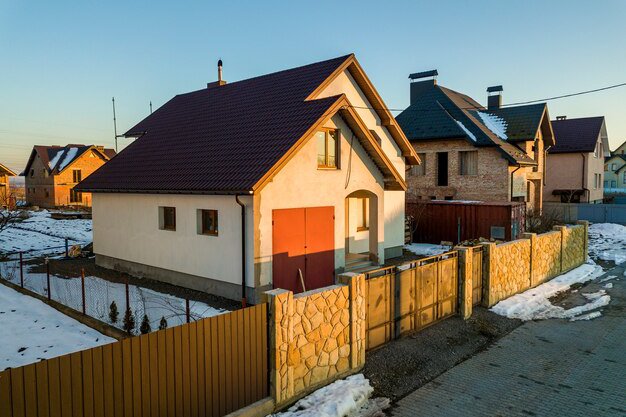Understanding Your Roofing Workmanship Warranty in West Linn, Oregon
Investing in a new roof or significant roof repair is one of the most substantial home improvement projects you can undertake. For homeowners in West Linn, Oregon, ensuring that investment is protected for years to come is paramount. While many focus on the quality of the roofing materials, the quality of the installation itself is equally, if not more, critical. This is where a roofing workmanship warranty comes into play. It's a guarantee from your roofing contractor that the work they perform will be free from defects caused by improper installation. Understanding the specifics of this warranty can save you significant stress and expense down the line, providing peace of mind that your roof is not only built from durable materials but is also installed correctly to withstand the Pacific Northwest weather.
What is a Roofing Workmanship Warranty?
A roofing workmanship warranty, also known as a labor warranty, is a guarantee provided by the roofing contractor who installed or repaired your roof. It covers issues arising directly from the quality of the installation and the craftsmanship applied during the project. This is distinct from a material warranty, which is offered by the manufacturer of the roofing products (like shingles, underlayment, or flashing) and covers defects in the materials themselves.
Think of it this way:
- Workmanship Warranty: Covers problems like shingles installed incorrectly (e.g., wrong nailing pattern, insufficient nails), improperly sealed flashing around chimneys or vents, poorly installed underlayment, or inadequate sealing of roof valleys. These issues are a direct result of human error or poor technique during installation.
- Material Warranty: Covers problems like shingles cracking prematurely due to manufacturing defects, granules detaching excessively soon after installation, or underlayment failing due to product flaws. These issues are inherent to the product itself, regardless of how well it was installed.
A comprehensive roofing warranty plan often includes both a material warranty from the manufacturer and a workmanship warranty from the contractor. Both are essential layers of protection for your roofing investment.
Why a Workmanship Warranty is Crucial
Having a strong workmanship warranty is vital because even the highest quality roofing materials will fail prematurely if not installed correctly. Improper installation is a leading cause of roof leaks and other issues that can lead to significant damage to your home's structure and interior.
Without a workmanship warranty, if a problem arises due to an installation error, you would be solely responsible for the cost of repairs. This could involve paying for labor and potentially new materials to fix the contractor's mistake. A solid warranty transfers that responsibility back to the contractor, requiring them to fix issues caused by their work at no additional cost to you.
Planning a roofing project or just curious about potential costs? Get a quick, satellite-based estimate without needing an in-person visit.
See Your Instant Roof Estimate
For homeowners, especially those in an area like West Linn, Oregon, where weather can be unpredictable, knowing that installation flaws are covered provides a critical safety net. It holds the contractor accountable for the quality of their labor.
What Do Workmanship Warranties Typically Cover?
Workmanship warranties cover a range of issues stemming from the installation process. While specifics can vary depending on the contractor and the terms of the warranty, common covered defects include:
- Improper Nailing: Shingles that are nailed too high, too low, or at the wrong angle can lead to shingles detaching, cracking, or not sealing properly.
- Faulty Flashing Installation: Flashing around chimneys, vents, skylights, and in valleys is critical for preventing water intrusion. Improperly cut, sealed, or secured flashing is a common cause of leaks.
- Incorrect Underlayment Application: If the underlayment (the protective layer installed over the roof deck before shingles) is not rolled out smoothly, overlapped correctly, or properly sealed, it can compromise the roof's water resistance.
- Poorly Sealed Roof Valleys: Valleys, where two roof planes meet, channel significant amounts of water. If the valley lining or flashing is not installed correctly, it's a prime spot for leaks.
- Inadequate Ventilation Installation: While the ventilation components themselves might be covered by a material warranty, the way they are installed (e.g., not properly sealed to the roof deck, insufficient number installed) falls under workmanship. Poor ventilation can lead to moisture buildup, premature aging of shingles, and ice dams.
- Missing or Improperly Installed Components: This can include drip edge, fascia, or soffit vents that were part of the roofing project but installed incorrectly or omitted.
It's crucial to read the warranty document carefully to understand the specific defects covered. The warranty should clearly outline what the contractor guarantees regarding their labor.
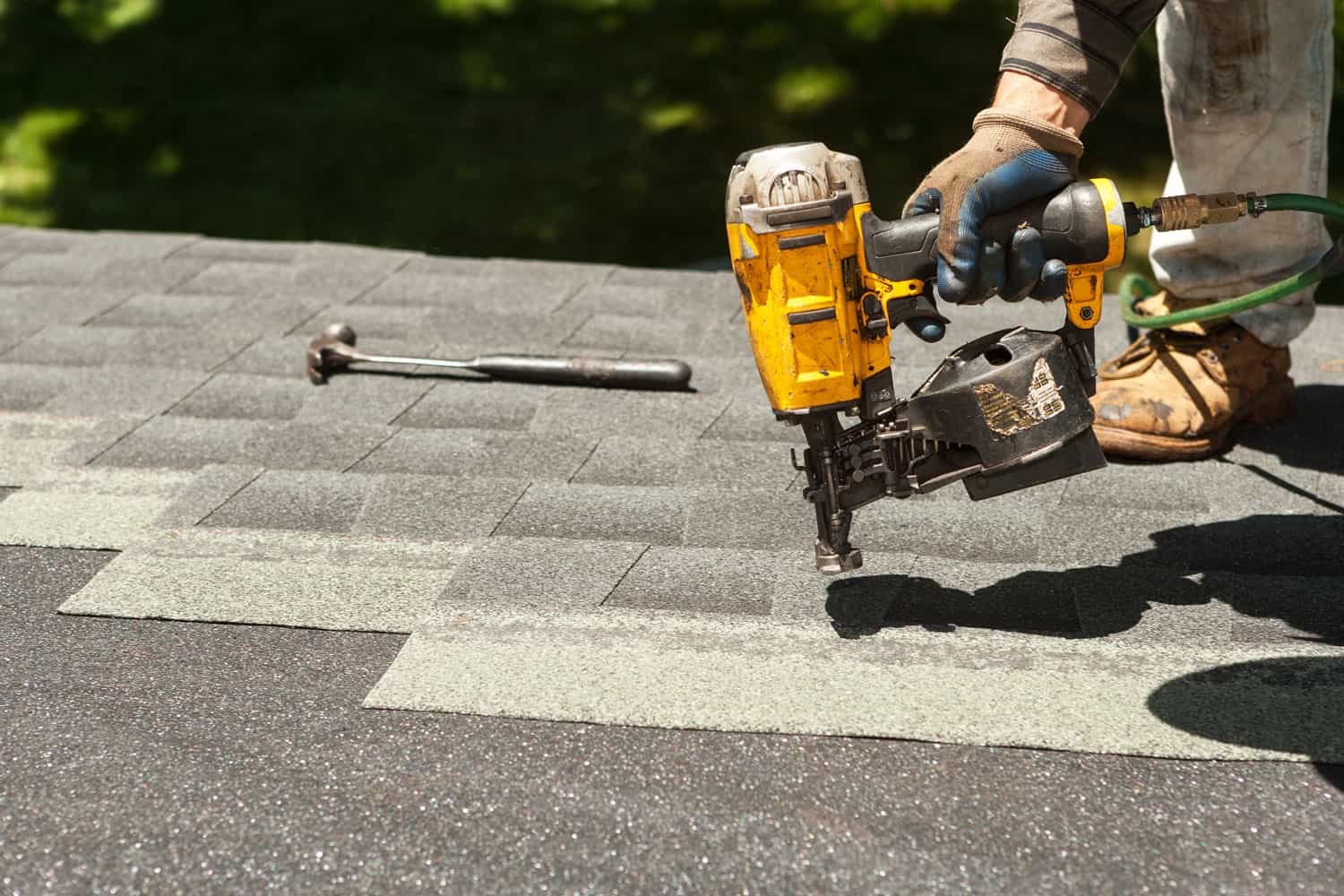
Proper nailing technique is essential for shingle performance and is covered under a workmanship warranty.
What is Generally NOT Covered by a Workmanship Warranty?
Just as important as knowing what is covered is understanding the exclusions. Workmanship warranties typically do NOT cover:
- Damage from Natural Disasters: Events like hail, wind (exceeding a certain speed threshold), hurricanes, tornadoes, earthquakes, or floods are usually excluded. These are acts of nature, not installation errors.
- Damage from External Factors: This includes damage caused by falling trees or branches, impact from debris, or foot traffic on the roof (unless it's the contractor performing work).
- Material Defects: Issues with the roofing products themselves (shingles, underlayment, etc.) are covered by the manufacturer's warranty, not the contractor's workmanship warranty.
- Improper Maintenance: Failure to perform necessary roof maintenance, such as cleaning gutters, removing debris, or addressing moss/algae growth, can void the workmanship warranty.
- Alterations or Repairs by Others: If another contractor or the homeowner performs work on the roof after the original installation, and that work causes damage or interferes with the original installation, it can void the workmanship warranty.
- Issues Present Before Installation: The warranty covers the work performed by the contractor. Existing structural issues or damage to the roof deck that was not part of the agreed-upon scope of work are not covered.
- Normal Wear and Tear: The gradual aging and deterioration of the roof over time are not covered by a workmanship warranty.
Understanding these exclusions is vital. If a problem arises, you need to determine the cause to know which warranty (workmanship or material) or type of coverage (like homeowner's insurance for storm damage) applies.
Typical Lengths of Workmanship Warranties
The duration of a roofing workmanship warranty can vary significantly from one contractor to another.
- Standard Contractor Warranties: Many contractors offer a basic workmanship warranty ranging from 1 to 5 years. This is often the minimum offered and may cover only the most obvious installation errors that become apparent shortly after the project is completed.
- Extended or Enhanced Warranties: Some contractors, particularly those certified by major roofing material manufacturers (like GAF, CertainTeed, Owens Corning, IKO, Malarkey), can offer extended workmanship warranties. These can range from 10 years to even 25 years or a lifetime (often tied to the homeowner's occupancy). These extended warranties are typically backed by the manufacturer, meaning if the contractor goes out of business, the manufacturer may stand behind the workmanship guarantee. These often require the use of a complete roofing system from that manufacturer and installation by a certified contractor.
The length and robustness of the workmanship warranty are strong indicators of a contractor's confidence in their work. A contractor offering a longer warranty is likely more experienced and committed to quality installation.
Ensuring Your Workmanship Warranty Remains Valid
Getting a warranty is only the first step; keeping it valid requires diligence. Most workmanship warranties come with conditions that the homeowner must meet. The most common condition is proper roof maintenance.
Maintaining your roof is crucial for several reasons:
- It extends the lifespan of your roofing materials.
- It helps identify minor issues before they become major problems.
- It is often a requirement to keep both your material warranty and workmanship warranty valid.
Maintenance tasks often include:
- Keeping Gutters Clean: Clogged gutters can cause water to back up under shingles or pool around the foundation, leading to water damage and potentially voiding warranties.
- Removing Debris: Leaves, branches, and other debris can trap moisture and cause premature deterioration of roofing materials.
- Addressing Moss and Algae: In climates like West Linn, Oregon, moss and algae growth are common. While some warranties might cover issues related to certain types of algae-resistant shingles, significant moss growth can lift shingles and trap moisture, potentially leading to damage not covered by the warranty if neglected.
- Regular Inspections: Having your roof inspected periodically (e.g., annually) can help identify potential problems early. Some warranties may even require documented inspections.
Dealing with a roof leak or suspect storm damage requires immediate attention from a professional. Don't wait.
Book a Roofing Appointment
Performing necessary repairs promptly is also key. If a minor issue arises that isn't covered by the warranty (e.g., a small area of storm damage), failing to address it can lead to larger problems that could then be excluded from warranty coverage because they resulted from the initial, unaddressed damage.
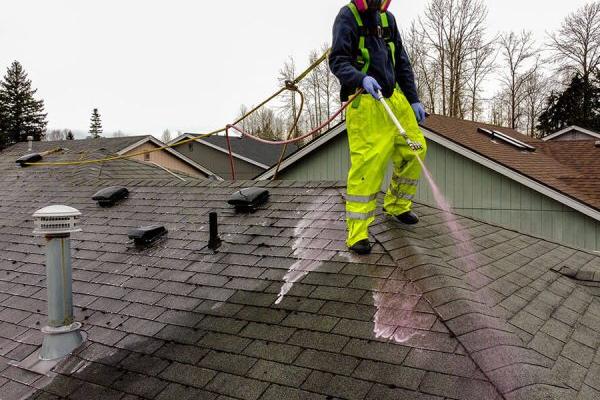
Regular roof cleaning, especially in areas prone to moss like West Linn, helps maintain the roof and can be necessary to keep warranties valid.
How to File a Workmanship Warranty Claim
If you believe you have a problem with your roof caused by an installation defect covered by your workmanship warranty, here's a general process for filing a claim:
- Identify the Issue: Clearly document the problem. Is it a leak? Missing shingles? Sagging? Take photos and videos of the affected area, both from the ground and closer up if safely possible. Note the date you discovered the issue.
- Review Your Warranty Document: Locate your original roofing contract and the workmanship warranty provided by the contractor. Read it carefully to confirm that the issue appears to be covered and understand the specific claims process outlined. Note the warranty period and check if your issue falls within it.
- Contact the Contractor: Reach out to the roofing contractor who performed the work. Use the contact information provided in your contract or on the warranty document. Explain the problem clearly and state that you believe it is covered under their workmanship warranty.
- Provide Documentation: Be prepared to share the photos and videos you took, as well as your original contract, invoice, and the warranty document itself.
- Schedule an Inspection: The contractor will likely want to schedule a time to inspect the roof to assess the issue firsthand. Be cooperative and make the area accessible.
- Await Assessment: The contractor will evaluate the problem to determine if it is indeed a workmanship defect covered by their warranty. They may compare the issue to their installation records or standard practices.
- Resolution: If the contractor agrees the issue is covered, they will propose a plan for repair. This should be done at no cost to you, as per the terms of the workmanship warranty. Ensure the repairs are completed to your satisfaction and verify that the fix resolves the original problem.
- Dispute Resolution (If Necessary): If the contractor disputes that the issue is covered, or if they are unresponsive, review your warranty document for a dispute resolution clause. This might involve mediation or arbitration. If the contractor is unresponsive or refuses to honor a valid claim, you may need to seek legal counsel or contact relevant consumer protection agencies or industry associations.
Keep meticulous records throughout this process, including dates of contact, names of people you spoke with, summaries of conversations, and copies of all correspondence.
Choosing a Roofer with a Strong Workmanship Warranty
The quality of the workmanship warranty is a direct reflection of the contractor's confidence in their skills. When selecting a roofing contractor for your project in West Linn, look beyond just the price and consider the warranty they offer.
- Ask for a Copy of the Warranty: Before signing a contract, request a sample copy of their workmanship warranty. Read it thoroughly and ask questions about anything you don't understand.
- Check the Duration: A longer warranty period (10+ years, or even lifetime) generally indicates a more reputable contractor who stands behind their work.
- Understand Coverage Details: Ensure the warranty clearly defines what constitutes a workmanship defect and what is excluded.
- Look for Manufacturer Certification: Contractors certified by major roofing material manufacturers often have to meet stringent quality standards and may be able to offer enhanced, manufacturer-backed workmanship warranties. This adds an extra layer of security.
- Verify Transferability: If you plan to sell your home in the future, check if the workmanship warranty is transferable to a new owner and what the process or cost is for transfer.
- Check the Contractor's Reputation: Research the contractor's history, read reviews, and check with the Better Business Bureau. A strong warranty is only valuable if the contractor is still in business and has a history of honoring their commitments.
A contractor who is transparent about their warranty and willing to discuss it in detail is a good sign. They should be able to explain what they cover and why they are confident in the longevity of their installation.
When you're ready to get quotes or need a professional assessment for potential warranty issues or repairs, finding qualified local roofers is key.
Find Local Roofing Pros & Book
Common Workmanship Issues and Their Impact
Understanding specific areas prone to workmanship errors can help homeowners in West Linn know what to look for during routine checks or after a storm.
1. Flashing: As mentioned, flashing is critical. Poorly installed flashing around chimneys, skylights, vents, or in valleys allows water to penetrate the roof deck, leading to rot, mold, and interior leaks. This is almost always a workmanship issue.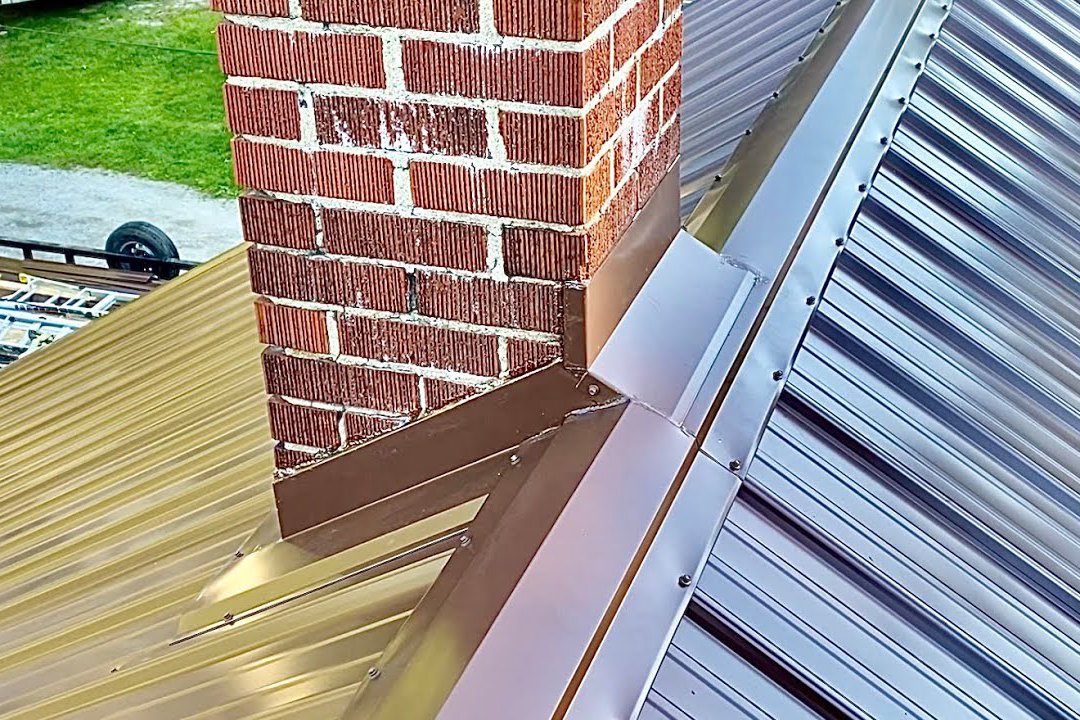
Properly installed flashing, like this example around a chimney, is essential for preventing leaks and is covered by a workmanship warranty.
2. Nailing: Shingles must be nailed correctly – with the right number of nails, in the right location on the shingle, and at the correct depth. Improper nailing can cause shingles to become brittle, crack, or blow off in high winds (even winds below the threshold covered by a material warranty).
3. Underlayment: The underlayment provides a secondary barrier against water. If it's not installed smoothly, is wrinkled, or isn't overlapped correctly at seams, water can wick under it and reach the roof deck.
4. Ventilation: Proper attic ventilation is vital for regulating temperature and moisture. Workmanship issues related to ventilation installation (e.g., improperly cutting vents into the deck, not sealing vent bases) can lead to moisture buildup, premature shingle aging, and even structural damage, potentially voiding warranties if the ventilation is deemed inadequate due to installation errors.
5. Ice and Water Shield: In areas prone to ice dams, like parts of West Linn, the ice and water shield installed along eaves and in valleys is critical. Incorrect application, insufficient coverage, or improper sealing can lead to water backing up under shingles and causing leaks. This is an installation-specific component covered by workmanship.
Manufacturer-Backed vs. Contractor-Only Warranties
It's important to distinguish between a standard contractor workmanship warranty and a manufacturer-backed extended workmanship warranty.
- Contractor-Only Warranty: This warranty is solely the responsibility of the roofing company that did the work. If the company goes out of business, the warranty typically becomes worthless.
- Manufacturer-Backed Extended Warranty: Major roofing manufacturers offer programs where certified contractors can provide extended workmanship warranties (often 10 years up to lifetime). These warranties are registered with the manufacturer. If the contractor who installed the roof goes out of business, the manufacturer will often step in to cover valid workmanship claims for the duration of the warranty. This provides a much higher level of security for the homeowner. To qualify for these, contractors must meet strict criteria, undergo training, and follow specific installation protocols using the manufacturer's complete roofing system.
When choosing a contractor, especially for a full roof replacement, inquiring about manufacturer certifications and the availability of extended, manufacturer-backed warranties is highly recommended for maximum protection.
The Importance of Your Roofing Contract
Your roofing contract is a critical document. It should clearly outline the scope of work, the materials to be used, the total cost, payment terms, and importantly, details about the warranties provided.
- Warranty Details: The contract should reference both the manufacturer's material warranty and the contractor's workmanship warranty. It's best if the full text or a detailed summary of both warranties is attached to the contract or provided separately.
- Scope of Work: Ensure the contract clearly defines everything the contractor is responsible for installing or repairing. This helps avoid disputes later about whether a specific component or issue was part of the original job.
- Payment Schedule: Understand the payment terms. Reputable contractors typically require a deposit but final payment is often due upon satisfactory completion of the work and, sometimes, after the warranty documents are provided.
Never rely solely on verbal promises regarding warranties. Always get the warranty in writing and ensure it is signed by the contractor.
Transferability of Workmanship Warranties
The transferability of a workmanship warranty is a significant factor if you plan to sell your home during the warranty period.
- Standard Contractor Warranties: Many basic contractor warranties are not transferable and only apply to the original homeowner.
- Extended/Manufacturer-Backed Warranties: Extended manufacturer-backed warranties are often transferable to one subsequent owner. There may be a fee for the transfer and a specific process that must be followed within a certain timeframe after the property sale (e.g., 60 or 90 days).
If transferability is important to you, confirm this with the contractor and ensure it is explicitly stated in the warranty document. A transferable warranty can be a valuable selling point for your home.
What Voids a Workmanship Warranty?
Several actions or inactions on the homeowner's part can potentially void a workmanship warranty:
- Neglecting Maintenance: As discussed, failure to keep the roof clean, gutters clear, and address moss/algae can void the warranty.
- Unauthorized Work: Allowing another roofing contractor or untrained individual to perform repairs, alterations, or work on the roof can void the original contractor's workmanship warranty, as the new work might interfere with or damage the original installation.
- Improper Modifications: Installing satellite dishes, solar panels, or other attachments in a way that damages the roof or violates the terms of the warranty can void it. Always consult the original contractor or a qualified professional when planning such additions.
- Failure to Pay: If you fail to pay the contractor in full according to the contract terms, they may have grounds to void the warranty.
Understanding these conditions and adhering to them is crucial for keeping your warranty valid for its full term.
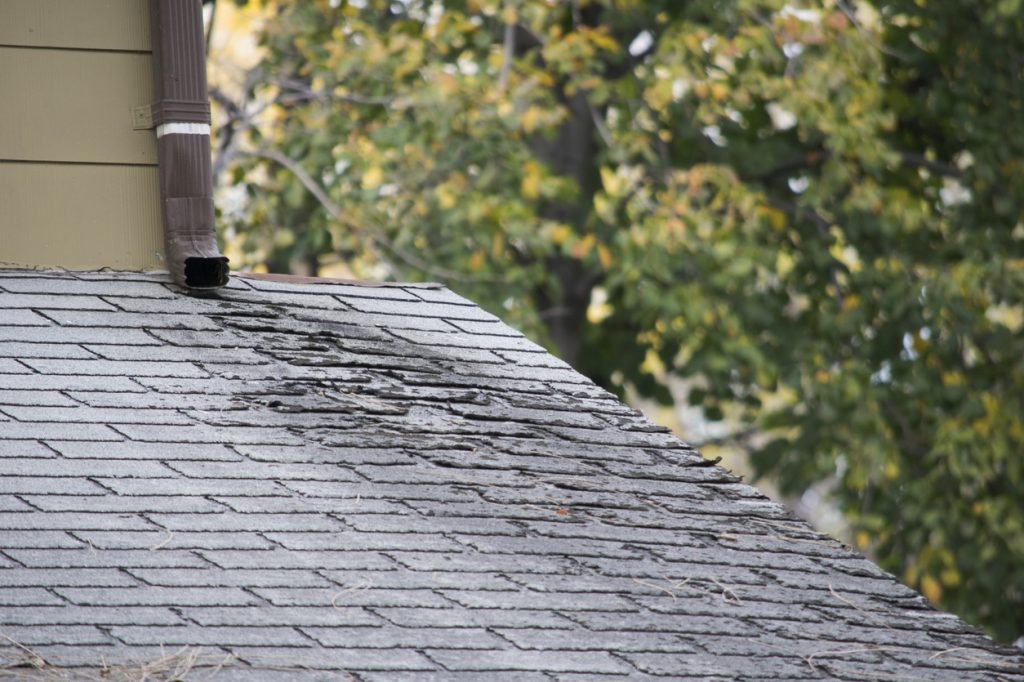
General wear and tear or aging, like granule loss and curling on older 3-tab shingles, is typically not covered by a workmanship warranty.
The Role of Inspections
Regular roof inspections play a dual role concerning warranties:
- Requirement for Validity: Some extended warranties may require periodic professional inspections to remain valid. This helps ensure the roof is being properly maintained and any minor issues are caught early.
- Identifying Potential Claims: Inspections can uncover issues that might be covered by the workmanship warranty before they cause significant damage. Catching installation errors early can simplify the claims process.
Consider scheduling an annual roof inspection, especially after severe weather events common in the West Linn area.
Protecting Your Roof Investment
For homeowners in West Linn, understanding and leveraging your roofing workmanship warranty is a key part of protecting your significant investment. It ensures that the crucial element of installation quality is guaranteed. By choosing a reputable contractor who offers a strong, clear warranty, maintaining your roof properly, and knowing how to file a claim if needed, you can have confidence in the long-term performance and durability of your roof. Always keep your warranty documents and contract in a safe place and review them periodically.
